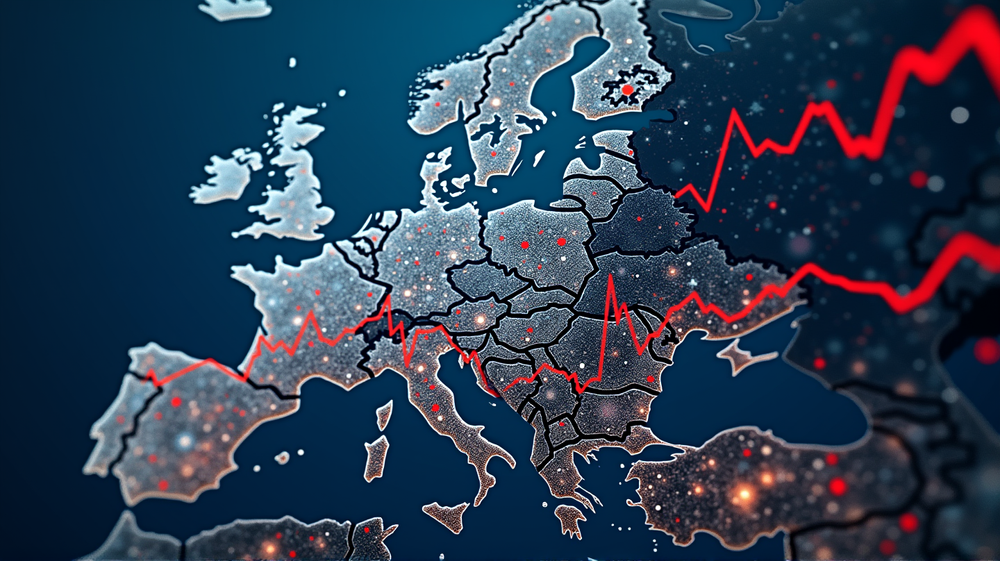2025: Is Now the Time to Dive Into European Stocks?
In 2025, the investment landscape has taken an unexpected turn, with European stocks emerging as a captivating option for investors. According to FXEmpire, this is an intriguing period for those looking to balance portfolios previously skewed towards U.S. assets. With a multitude of factors influencing the European market, this year marks a potential pivot point with both enticing opportunities and enduring challenges.
The Allure of Attractive Valuations
European equities currently present themselves as attractively undervalued, especially when juxtaposed with U.S. stocks. Trading at lower multiples like the Euro Stoxx 50’s 15 times forward earnings versus the S&P 500’s over 20 times, European stocks offer a more conservative entry point for investors. Additionally, with dividend yields around 2% higher than U.S. counterparts, European investments present a stable income option, especially for those valuing regular dividends over stock buybacks.
Economic Stabilization and Policy Support
After years of turbulence driven by factors such as the Ukraine crisis, Europe’s economic stability is slowly building momentum. A slew of supportive policies, particularly from economic powerhouses like Germany with its €500 billion infrastructure initiative, have established a promising backdrop for investment. Anticipated GDP growth and earnings increases in major indices could bridge the performance gap with the U.S., fostering investor confidence in the region.
Strategic Strengths Across Key Sectors
Home to prestigious global brands such as LVMH and Novartis, Europe’s industrial and sectoral prowess is notable. Particular strength lies in sectors like healthcare, telecommunications, and defense. Defense investments, buoyed by geopolitical demands, and healthcare’s reasonable valuations offer potential growth avenues. Meanwhile, reform in telecom pricing could lift this previously languishing sector.
Structural Reforms Versus Geopolitical Hurdles
The European Commission’s drive for a “Savings and Investment Union” to channel reticent households’ savings into active capital markets promises a transformation. However, as with any substantial change, potential pitfalls persist. The geopolitical landscape, tangled by the Ukraine conflict and energy dependencies, continues to cast shadows over Europe’s economic narrative. A diversified portfolio could counterbalance these uncertainties.
Navigating Demographic and Regulatory Lookouts
Demographic challenges serve as another formidable barrier, with an aging populace dampening consumer demand. Additionally, the complicated European regulatory framework frequently stalls innovation, leading to hesitancy among global investors used to U.S. agility. While initiatives promise rejuvenation, the fruition of such developments remains at a developmental stage.
Conclusion
As Europe strides into its new role within global financial markets, the outlook appears cautiously optimistic. With mouth-watering valuations and strategic policy commitments laying the groundwork, Europe seems poised for a potential resurgence. By focusing on sectors displaying robust fundamentals in alignment with policy support, investors may find Europe less intimidating than past apprehensions suggest. Balancing these tactics with awareness of the continent’s inherent risks could offer a sensible guide through the European equity landscape in 2025.




